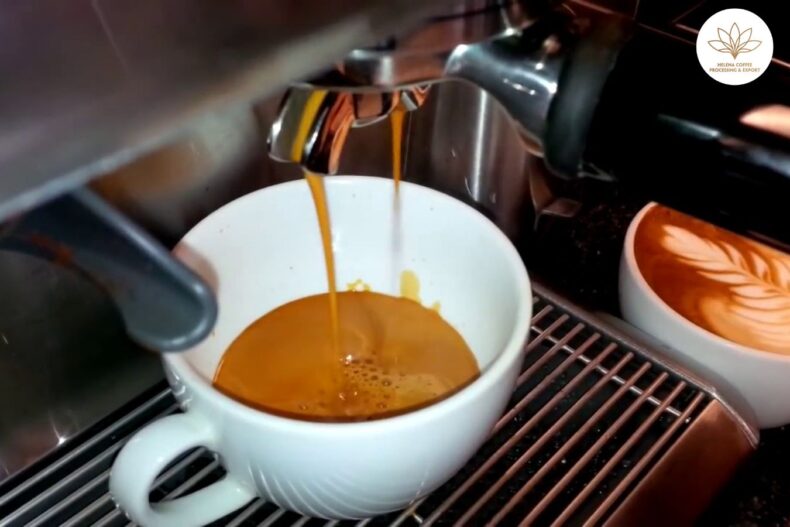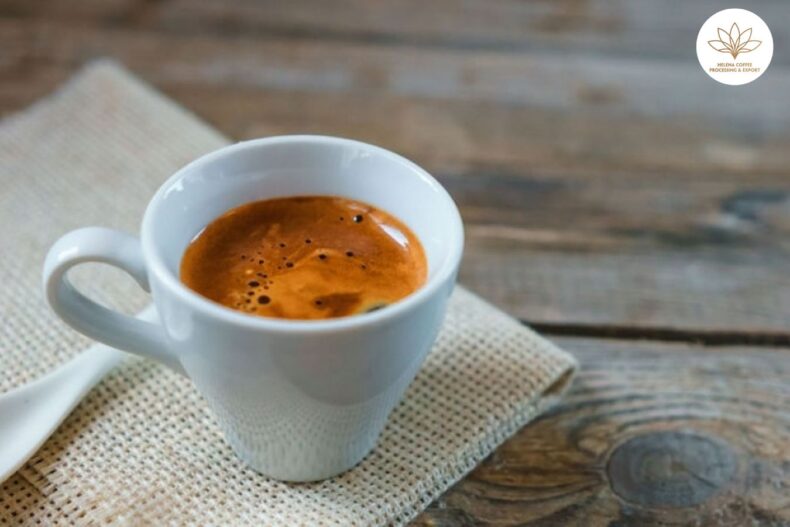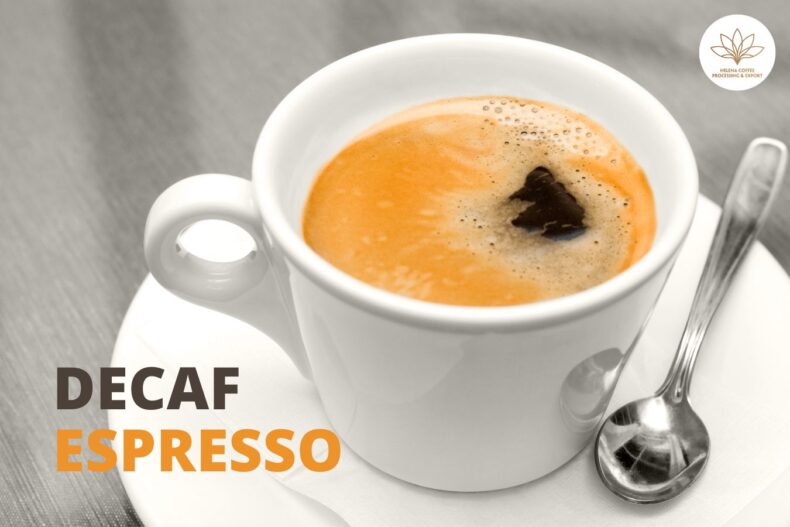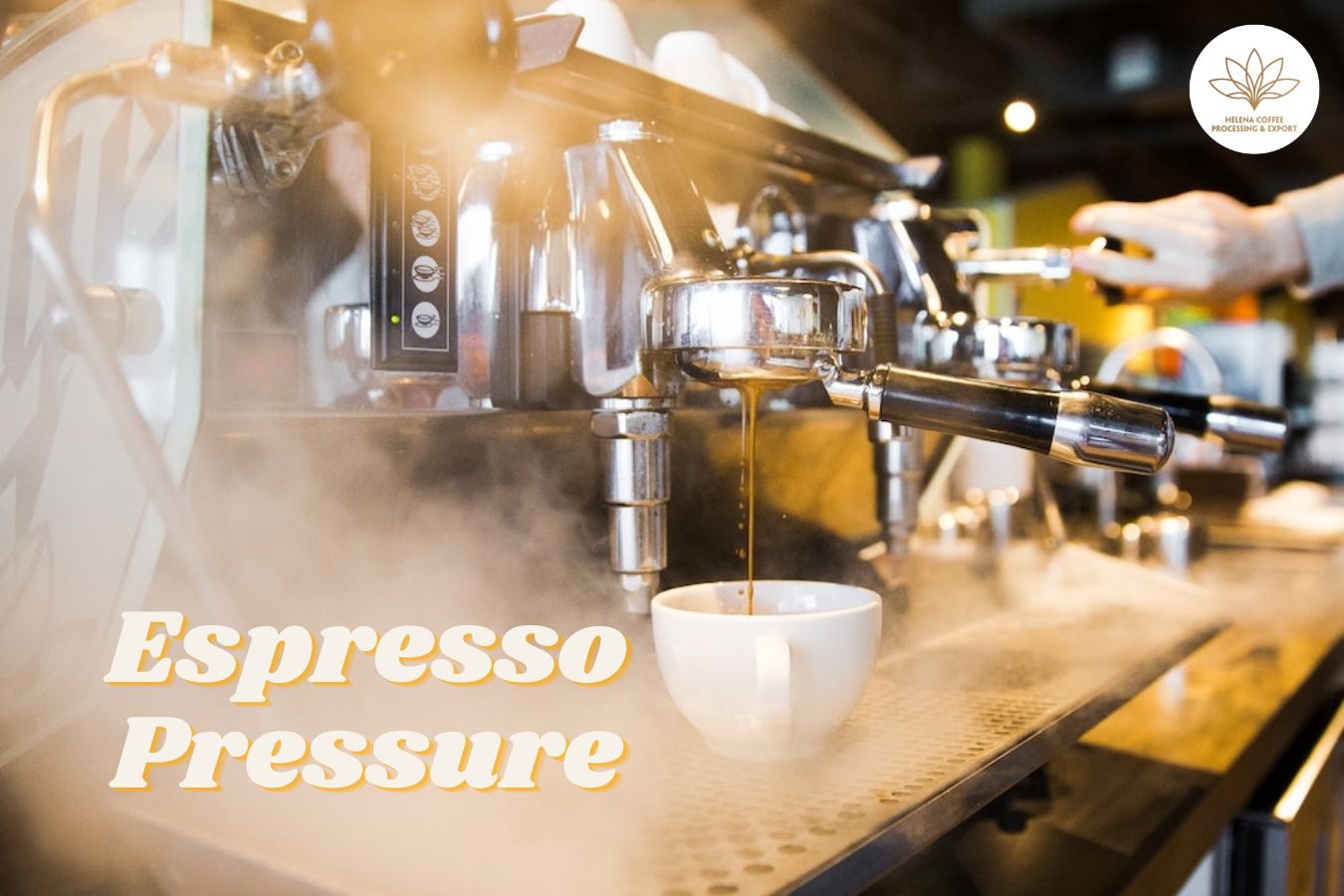
For espresso fanatics, analyzing the optimal Espresso Pressure extraction is a vital part of brewing the perfect shot. The pressure applied during the brewing process, measured in bars, has a significant impact on the flavor, texture, and quality of espresso. But how many bars of pressure unlocks the ideal espresso? Join Helena Coffee in shedding light on optimal pressure levels and other factors that influence espresso perfection.
What is the Espresso pressure?
Espresso machines use pressure, generated by the machine’s pump and applied through hot water, to extract flavor from finely ground coffee. This pressure is measured in “bar units” with 1 bar equal to atmospheric pressure at sea level. Standard brewing pressure ranges from 6 to 10 bars.
Higher pressure squeezes more dissolved solids from the coffee grind to produce a thicker, more concentrated espresso. But too much pressure can also over extract and create a bitter, harsh shot. Finding the ideal pressure level is key for a balanced espresso flavor.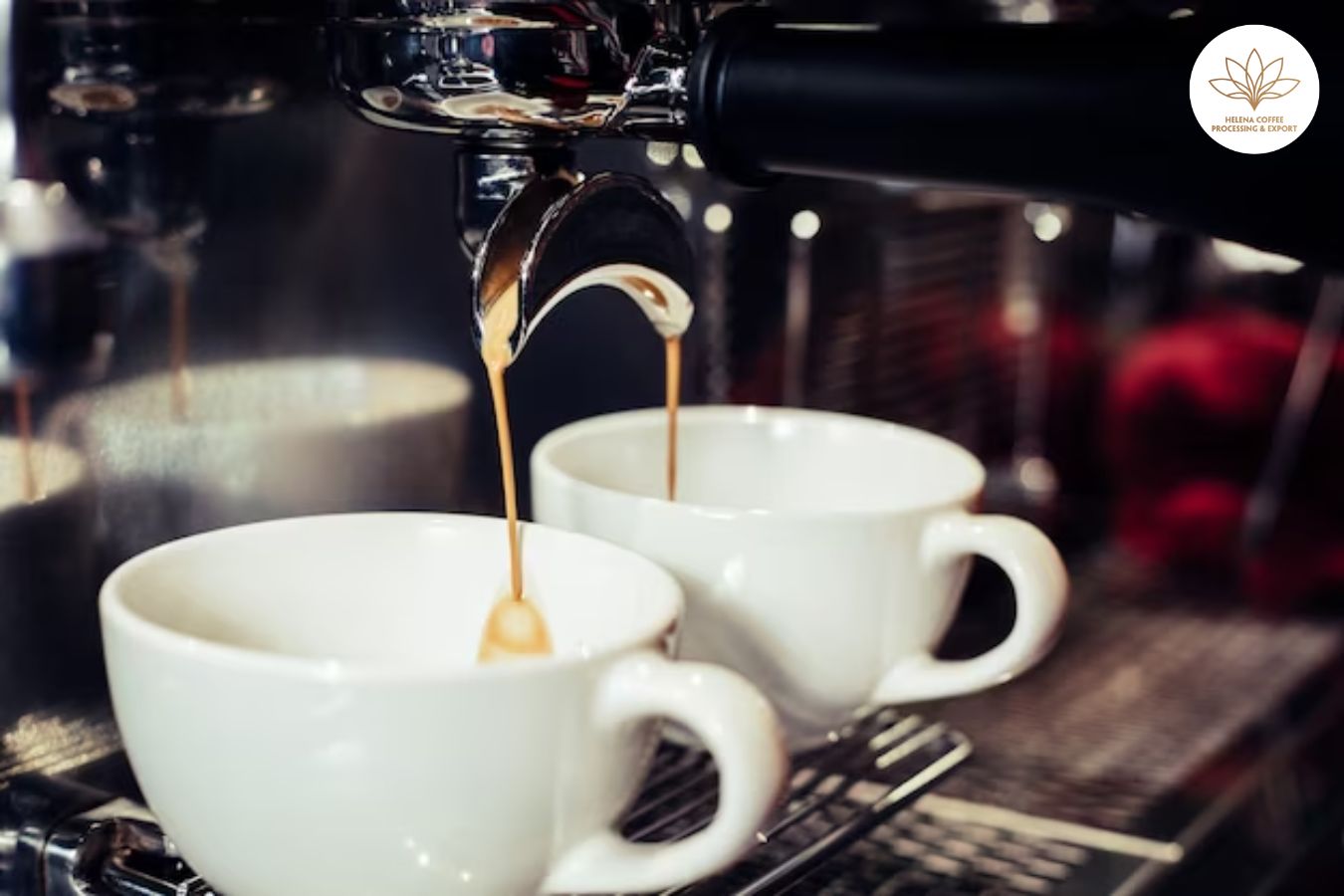
How Many Bars of Espresso Pressure?
The accepted brewing standard across commercial and home espresso machines is between 8 and 10 bars of pressure. This amount of constant force during a 25-30 second shot pulls the perfect amount of oils, solubles, and aromatics into a flavorful 1 oz shot with rich crema foam.
However, slight adjustments within the 8-10 bar range can optimize different beans, grinds, and machines. Many experts recommend starting around 9 bars and adjusting up or down to dial in the tastiest shot.
Evaluation of other variables with Espresso pressure
While pressure levels are important, other interrelated factors also determine how espresso tastes:
- Grind size – Finer grinds require higher pressure to extract properly.
- Tamping – Heavier tamping equals more resistance so higher pressure is needed.
- Water temperature – 196-204°F is ideal. Too hot risks scalding the shot.
- Dose – More ground coffee requires higher pressure to extract fully.
- Roast style – Darker roasts extract more easily than light.
- Flow rate – Optimally doubles shot volume in 25-30 seconds.
The combination of the right pressure, grind, dose, and machine temperature pulls the perfect espresso shot. Tweaking these variables allows customizing pressure for different beans and tastes.
Pressure statistics based on Espresso pressure type
Not all home and commercial machine pressures are created equal. Here are typical bar measurements based on espresso machine type:
- Automatic/Super-Automatic – Preset pressures around 15 bars, less flexibility to change.
- Semi-Automatic – Average 8-10 bar pressure range, manually controlled.
- Manual Lever – Variable pressure up to 9 bars based on lever movement.
- Commercial Machines – Generate up to 15 bars but often adjust downwards.
- Home Espresso Makers – Pressure caps at 15 bars due to size but still adjustable.
While 15 bars may seem ideal for more pressure, it can over-extract. Home machines with adjustable pumps allow dialing in the best pressure levels.
Adjust the pressure on your home Espresso machine
Many mid-range pump espresso machines have an adjustable overhead pressure valve that can tweak brewing pressure. To change:
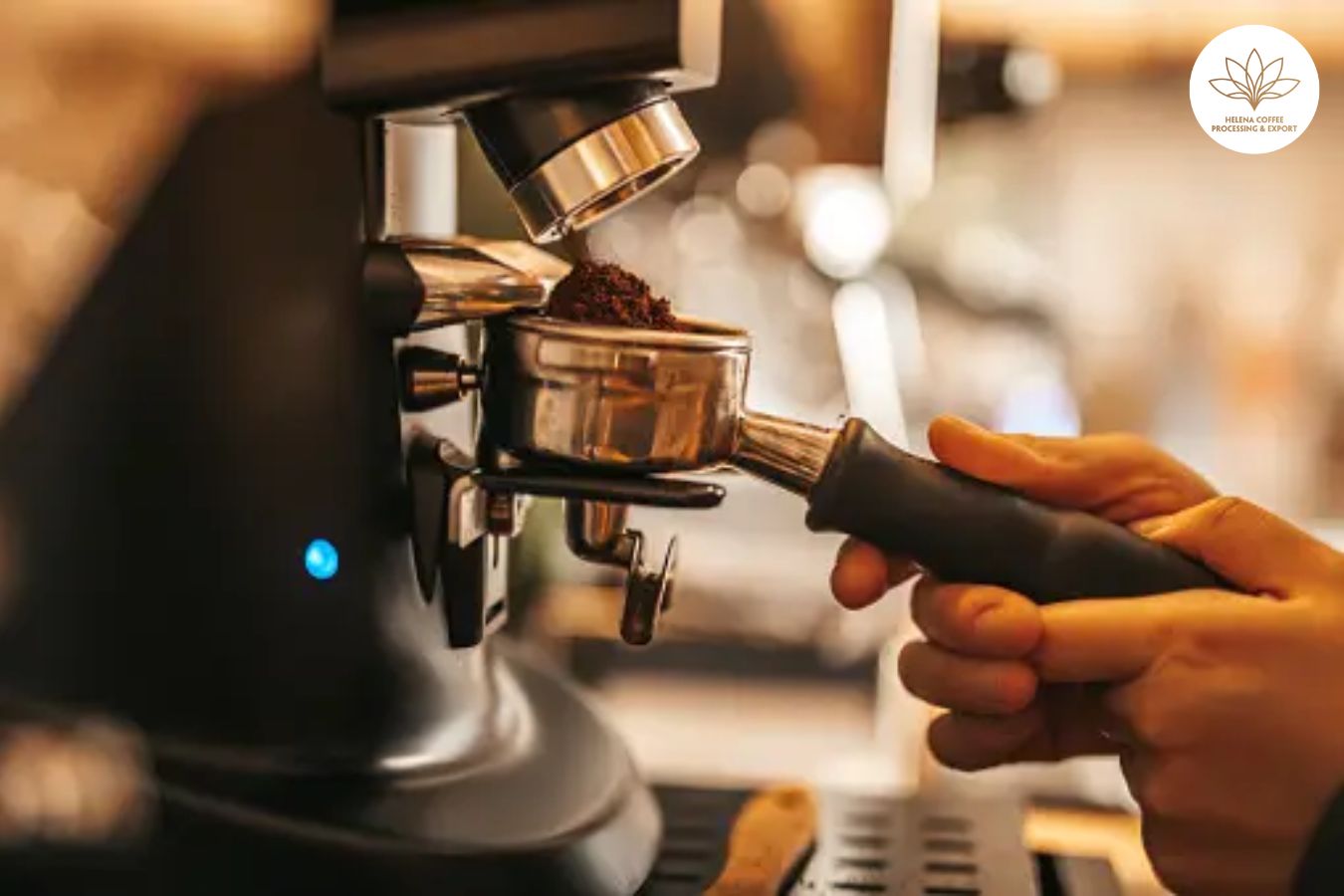
- Turn on the machine and run blank shots to build pressure.
- Locate the metal OPV valve on the machine body.
- Turn the hex screw inside counterclockwise to reduce pressure.
- Turn clockwise carefully to increase pressure.
- Make adjustments slowly while testing shots.
Ideally, home machines would have digital displays to show exact pressure. Without this, taste test shots to find the ideal pressure range.
How does the pressure affect the crema foam in an espresso shot?
The pressure used during the espresso extraction process has a direct impact on the crema foam that forms on top of the shot. Here are some key ways that pressure affects crema:
- Higher pressure increases crema volume – More bars of pressure force more dissolved gases and oils out of the coffee grind, resulting in greater crema production. 9-10 bars create richer, denser crema than lower pressure.
- Pressure contributes to crema persistence – The longer the crema lasts before dissipating indicates freshness and good extraction. Optimal pressure helps crema last at least a few minutes. Too little pressure and the crema disappears quickly.
- Pressure impacts crema texture – The ideal crema has a thick, velvety tiger-tail texture. Low pressure may create thin, bubbly crema. Excess pressure can make it too dark and thick.
- Pressures extract compounds that stabilize crema – Coffee bean oils, proteins, and polysaccharides extracted by pressure help stabilize and prolong the creamy foam.
- Overpressure compacts crema – Too much pressure, 15+ bars, can compress the crema so much that it lacks volume and texture.
So dialing in the pressure between 8-10 bars is important for producing abundant, persistent, and nicely textured crema. The right pressure combines with fresh beans, proper grinding, and quality espresso machines for perfect crema.
Chasing the perfect espresso requires optimizing pressure levels in harmony with other brewing factors. While 8-10 bars make a standard guideline, pressure can be adjusted based on specific beans, machines, and personal taste. Mastering espresso requires brewing knowledge and repeated experiments to extract every subtle nuance. Ultimately finding your unique pressure sweet spot will lead to espresso nirvana.
FAQS:
